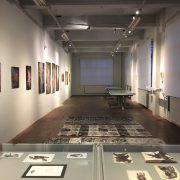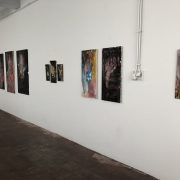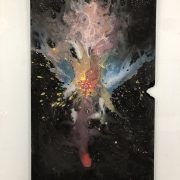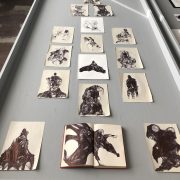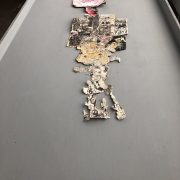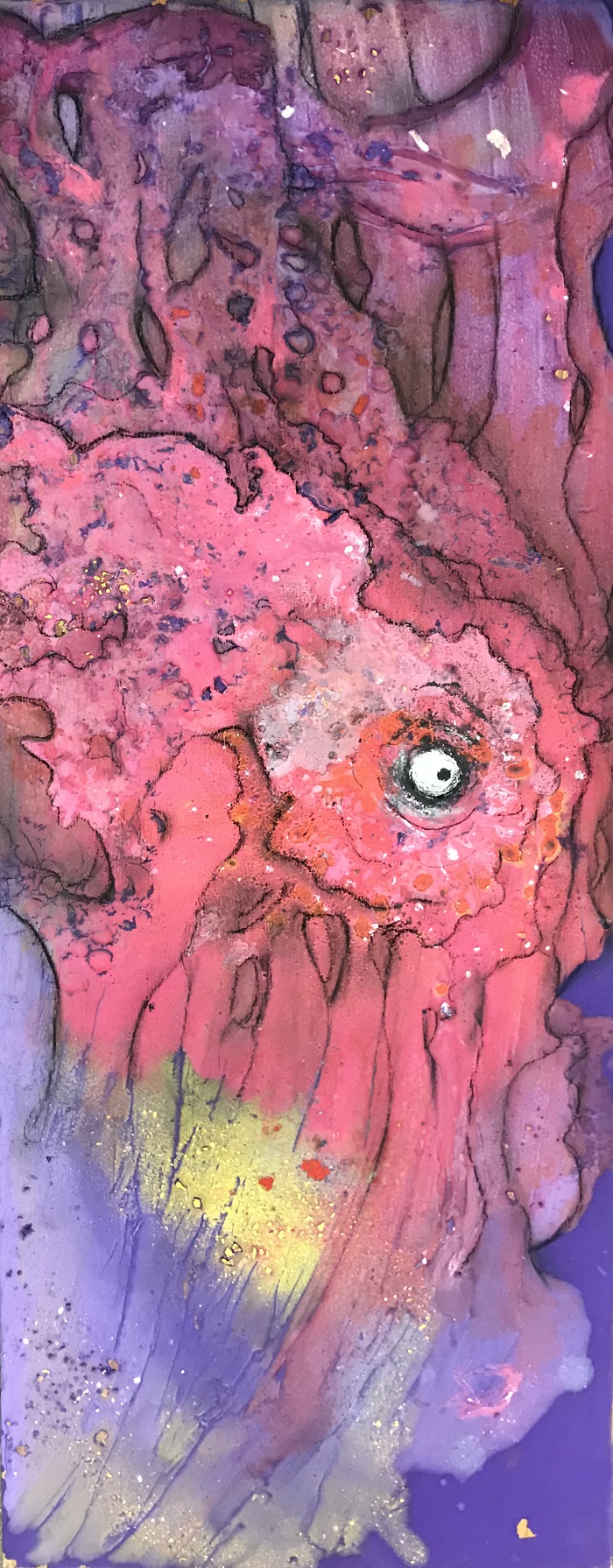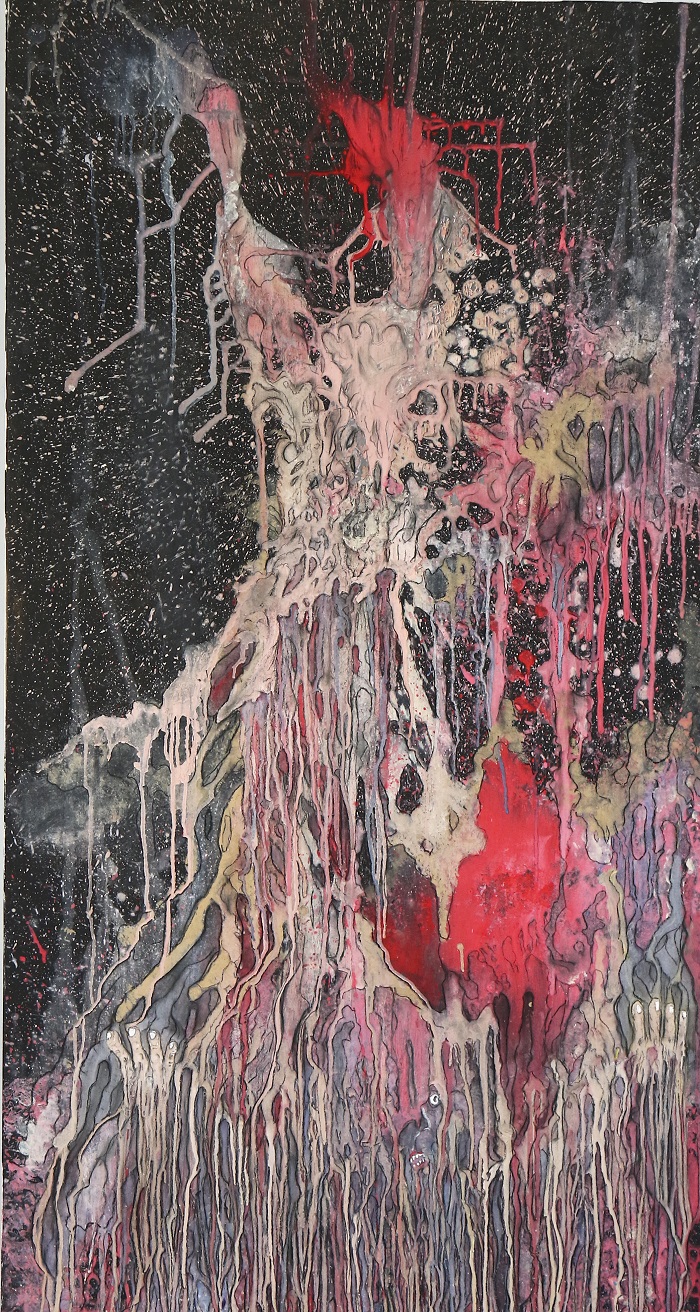Description
Mario D’Ambrosio (1980) has been drawn to art since childhood, fascinated by the Odyssey, the Florentine Renaissance, and the creativity of contemporary art. Over the years, he has cultivated his artistic passion across multiple forms, ranging from poetry to cinema, theater, and painting. After moving to Bologna, he became one of the founders of Teleimmagini, a neighbourhood television station that was part of the broader Telestreet project, of which he was a pioneer. Telestreet, an avant-garde movement of the early 2000s, sought to reclaim the airwaves, the web, and especially the collective imagination through art and creativity. Through this project, he produced numerous short films presented at prestigious national an international festivals, including the Rotterdam Film Festival, Milan, and Pesaro.
After his experience in Bologna, Mario moved to Rome, where he collaborated with various film and television companies on the creation of screenplays, short films, documentaries, and web series, working with partners such as Claudio Bonivento, Franco Angeli, Rai, and Al Jazeera.
After gaining significant experience in the industry, he grew weary of the industrial side of cinema and chose to pursue a wilder, more spontaneous creative dimension, dedicating himself entirely to painting, poetry and science.
Between 2017 and 2018, he held his first solo exhibition at the prestigious Piet Hein Eek gallery in Eindhoven, Netherlands, presenting the work “Unconscious life painting”. In 2024, he returned to the same gallery with “Hopeful Monsters”, an exhibition that explores the paradoxical complexity underlying historical processes.
These monsters represent creatures that engulf us to transform us into the future, much like the hopeful monster cell, which engulfs a smaller cell to create something entirely new. Mario is the founder of the Neuro Dada artistic movement, which asserts that every creative act stems from the brain’s pre-conscious
processes. While Dadaism and Surrealism proclaimed that all forms are abstract, Neuro Dada takes this further, stating that every gesture is unconscious.
The movement is rooted in paradox: each concept contains it’s opposite, offering a language that explores the complementarit between order and chaos, presence and absence, rationality and
irrationality. Mario has also conceived Aesthetis, a project that merges art and biomedicine.
Aesthetis is designed as an immersive, sensory device that investigates the relationship between human perception and technology, with potential implications for psychophysical health through sensory experiences.
In parallel with his artistic activities, Mario D’Ambrosio is also an inventor inthe biomedical field. He has patented a next-generation Holter, a advanced cardiac medical device, reflecting his ability to merg
technological innovation with a strong focus on human impact. His research also extends to the relationship between artificial intelligence and human knowledge, envisioning tools capable of learning and adapting to address creative and professional needs. Projects that explore how technology can evolve towards accessible and customizable knowledge, maintaining a balance between algorithmic efficiency a fundamental human values.
Today, Mario D’Ambrosio continues his research on multiple fronts. On one hand, he pursues personal and innovative artistic paths; on the other, he is committed to advancing his scientific projects, dedicated to creating tool that balance technology and human value.

When we met falling in love (tweeluik), 2013-2017
Francesco Pancetta
Tempera on wood
27 x 67 cm
P.O.R.
The unconscious universe watches the mystery 2, 2013-2017
Francesco Pancetta
Tempera on wood
47 x 57 cm
P.O.R.
The shaman returns with the Vision, 2013-2017
Francesco Pancetta
Tempera on wood
65 x 165 cm
P.O.R.
This post is also available in: NL

